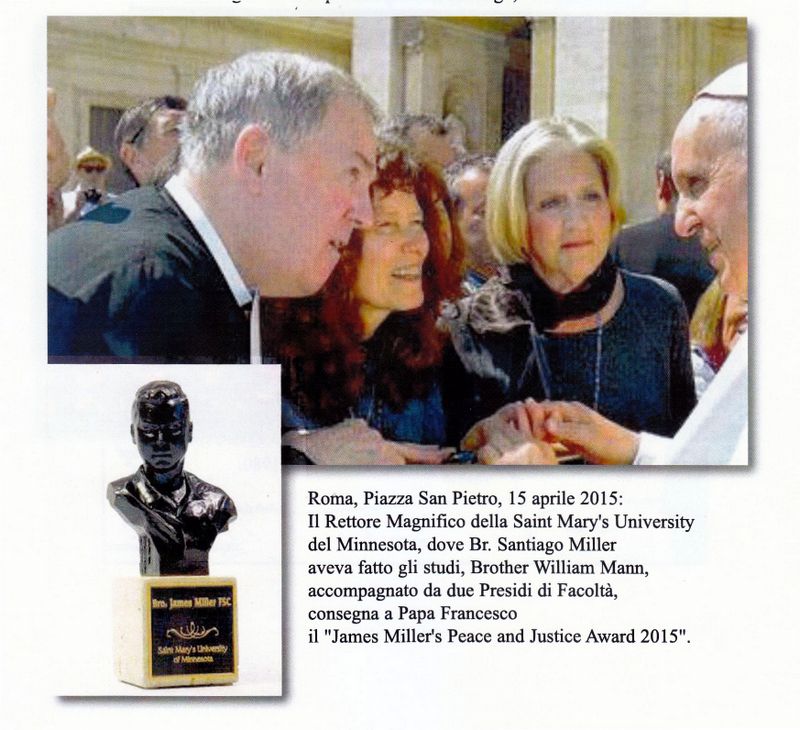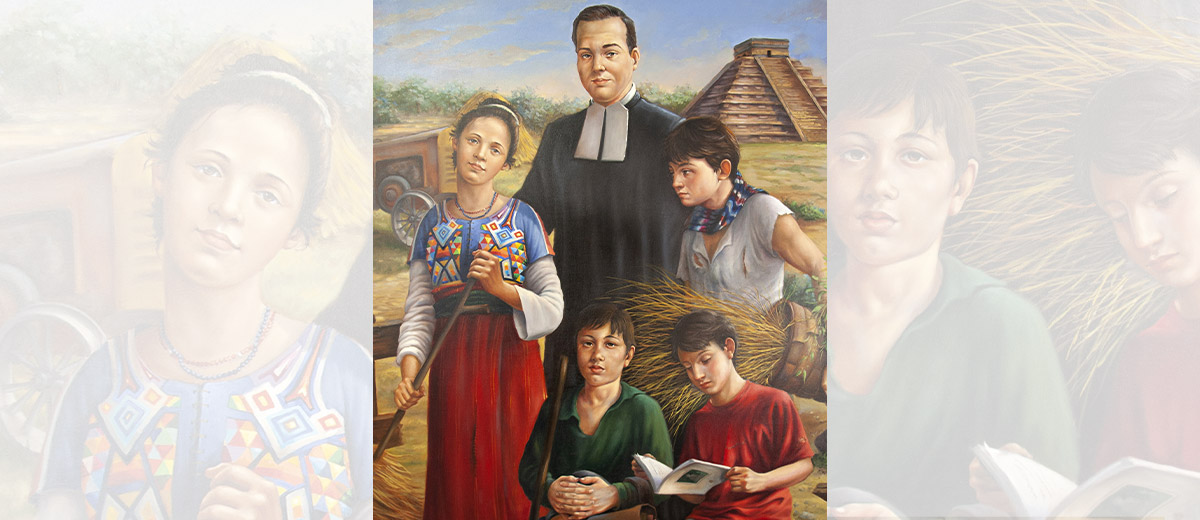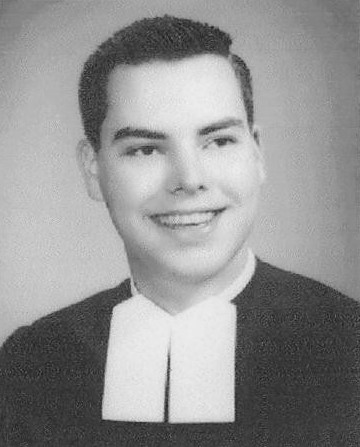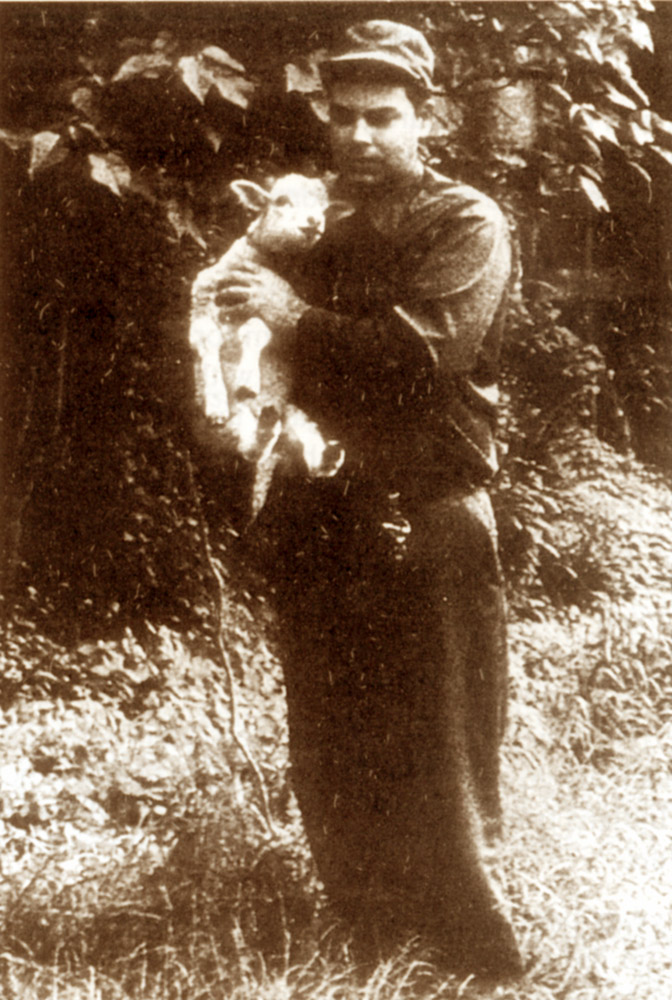Blessed James Santiago Miller
This Brother of the Christian Schools was martyred on February 13, 1982, at the age of 37, in Huehuetenango, Guatemala.
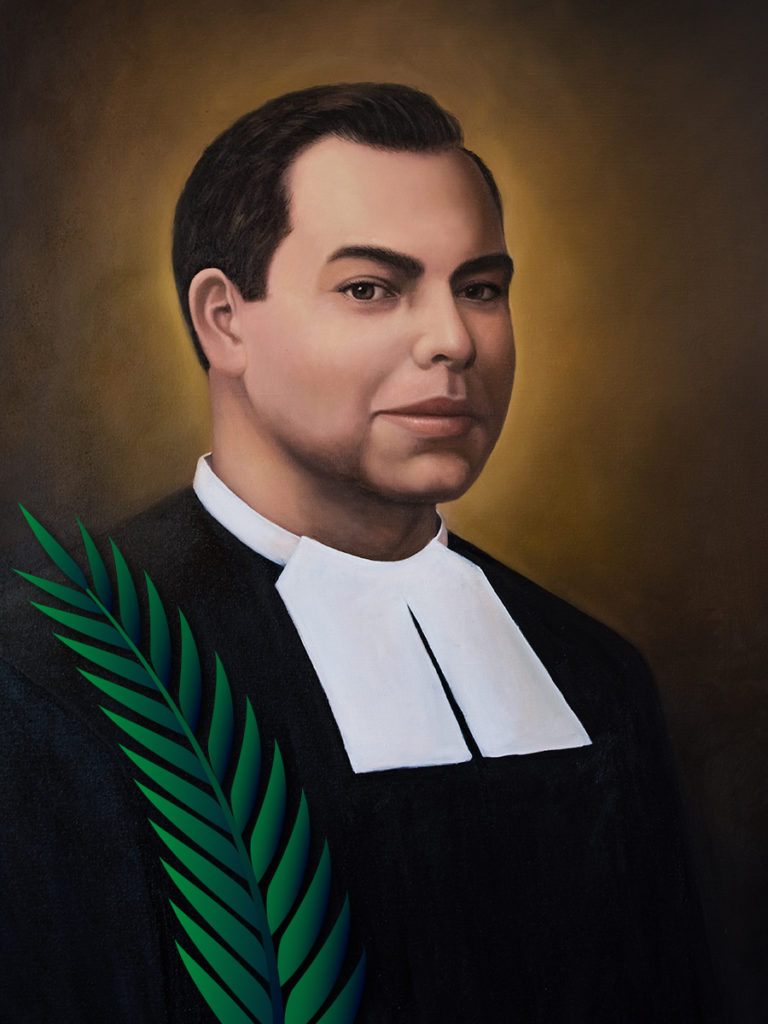
Brother James was born into a family of farmers near Stevens Point, Wisconsin, USA, on September 21, 1944. He attended grammar school and then went to Pacelli High School in the city of Stevens Point, where he met the Brothers for the first time. In September 1959 he entered the Juniorate in the state of Missouri. After three years there, he was admitted into the Postulancy program and then entered the Novitiate in August 1962, when he took the habit of the Brothers and the religious name Brother Leo William. Later, like so many other Brothers, he went back to using his baptismal name.
He was assigned to Cretin High School in Saint Paul, Minnesota for three years. There, besides teaching classes in Spanish, English and Religion, he supervised school maintenance and he coached American-style football.
In August 1960 after making perpetual vows, he was sent to Bluefields, Nicaragua. He taught there until he was assigned to Puerto Cabezas, Nicaragua in 1974, where he was the Director. Under his leadership the school population grew from 300 to 800 students. Brother Santiago also accepted the task of supervising the construction of ten new rural schools. His religious superiors ordered him to leave Nicaragua in July 1979 during the time of the Sandinista revolution. It was feared that since he worked for the Somoza government he might be at risk. For that reason he returned to the United States and again taught at Cretin High School in the fall of 1979 and he participated in the Sangre de Cristo renewal program in the state of New Mexico in 1980.
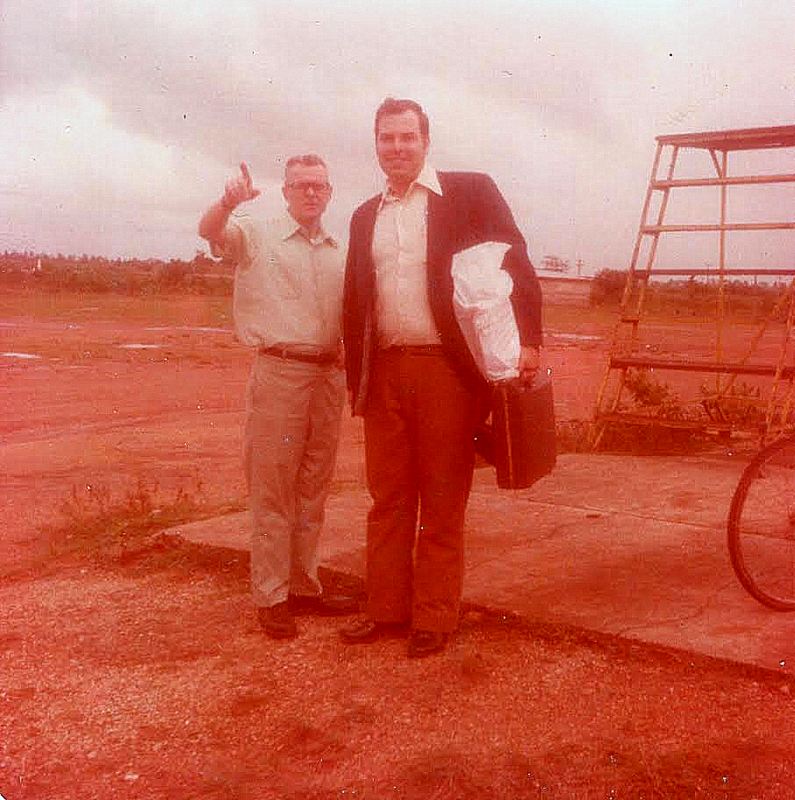
He was sent again to mission territory, this time to Guatemala, in January 1981. He taught at the secondary school in Huehuetenango and he also worked at the Indian Center, where young indigenous Mayans from rural areas studied and trained in agriculture.
In the afternoon of February 13, 1982, he was shot several times by three hooded men and he died instantly. Attempts to identify the assassins were unsuccessful. After funeral rites in Guatemala and in Saint Paul, Minnesota, he was buried in the parish cemetery in Polonia, Wisconsin.
Important dates
Recursos
A Hymn to Blessed Brother James Miller
A composition by Br. Mario Chiarapini.
The translations to the other languages were made by Br. John Guasconi (English), Br. Nicolas Capelle (French) and Br. José Martínez (Spanish).



A hymn to Blessed Brother James Miller
Following the artistic presentation in honor of Blessed Brother James Millar, we now have a musical tribute. It is a composition by the well-known Lasallian composer, Brother Mario Chiarapini. It opens with a solemn, four bar organ introduction before moving into a solo expressing the joy of a man "faithful in trials" who will "receive the crown of life". The refrain follows, initially in almost whispered unison before resolving into four voices with a wide-ranging melody.
The translations to the other languages were made by Brother John Guasconi (English), Frère Nicolas Capelle (French) and Hermano José Martínez (Spanish).

